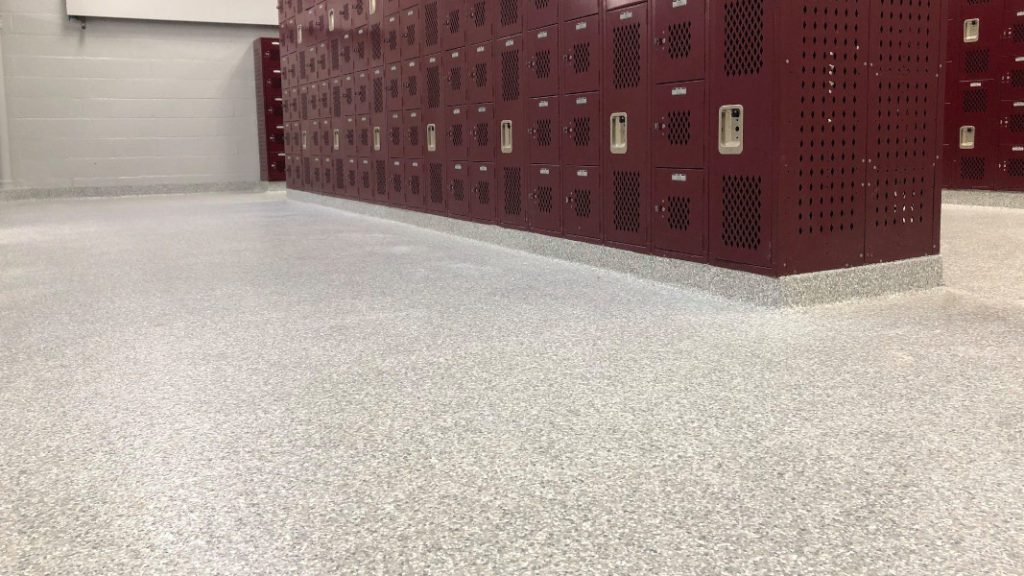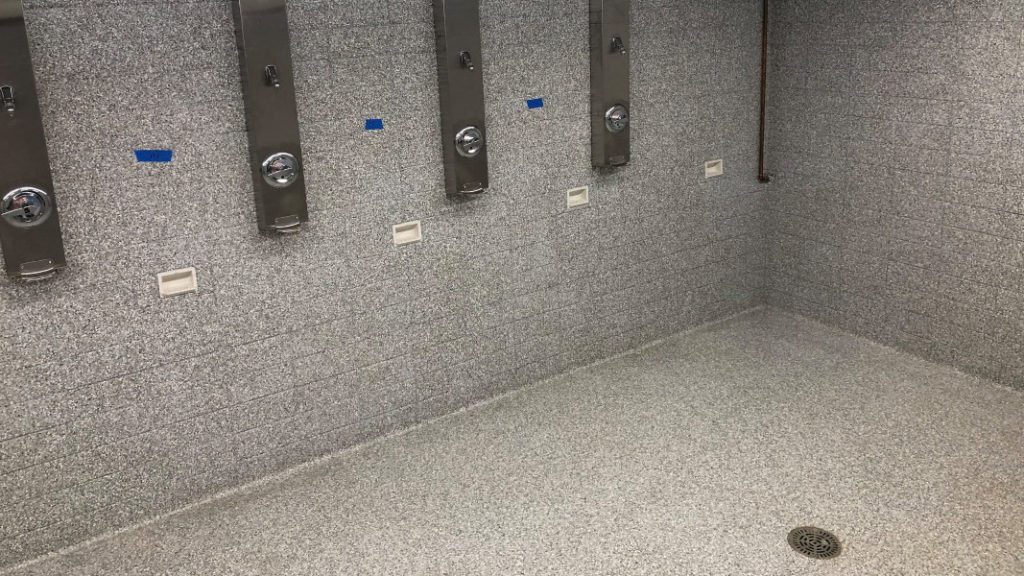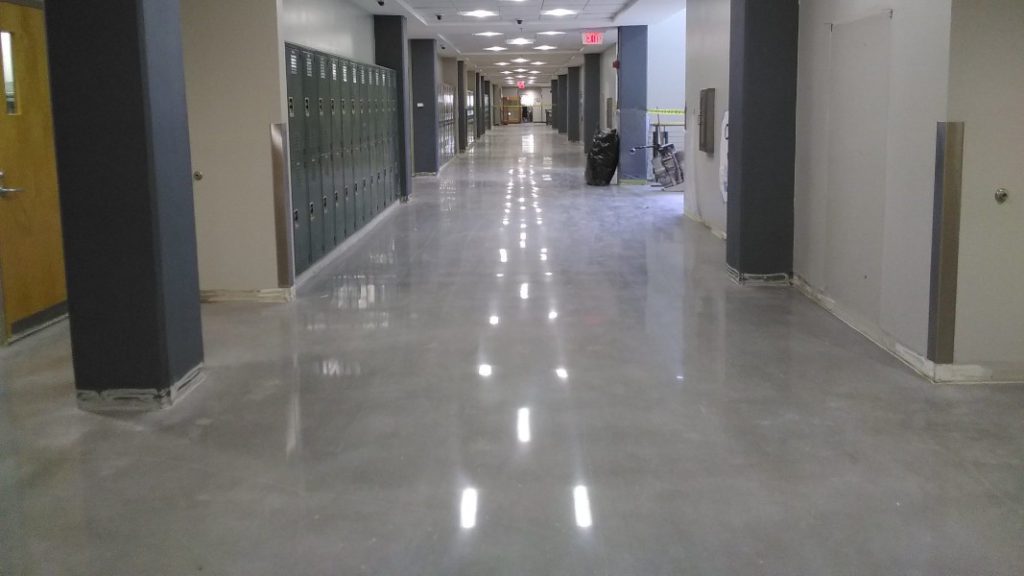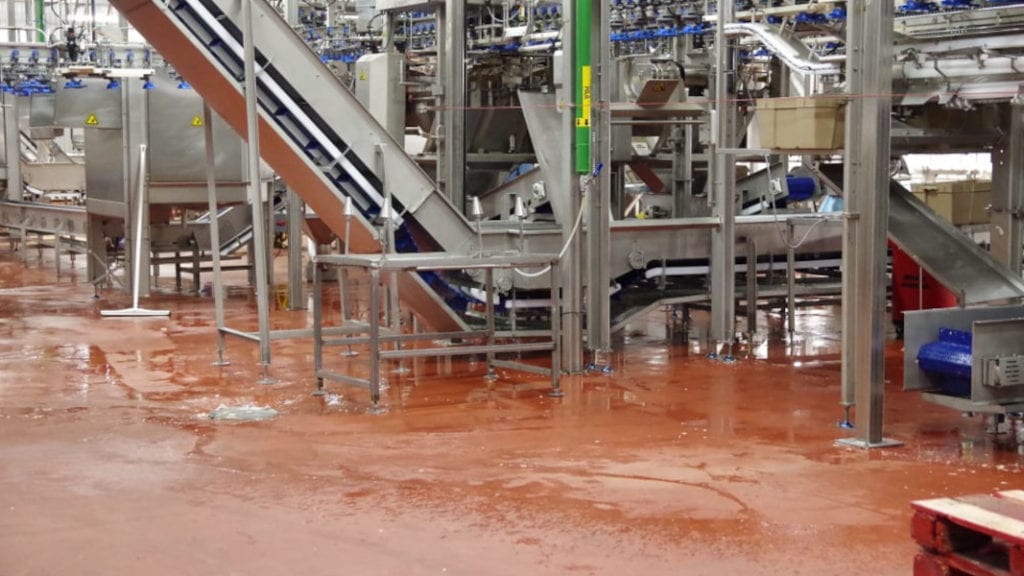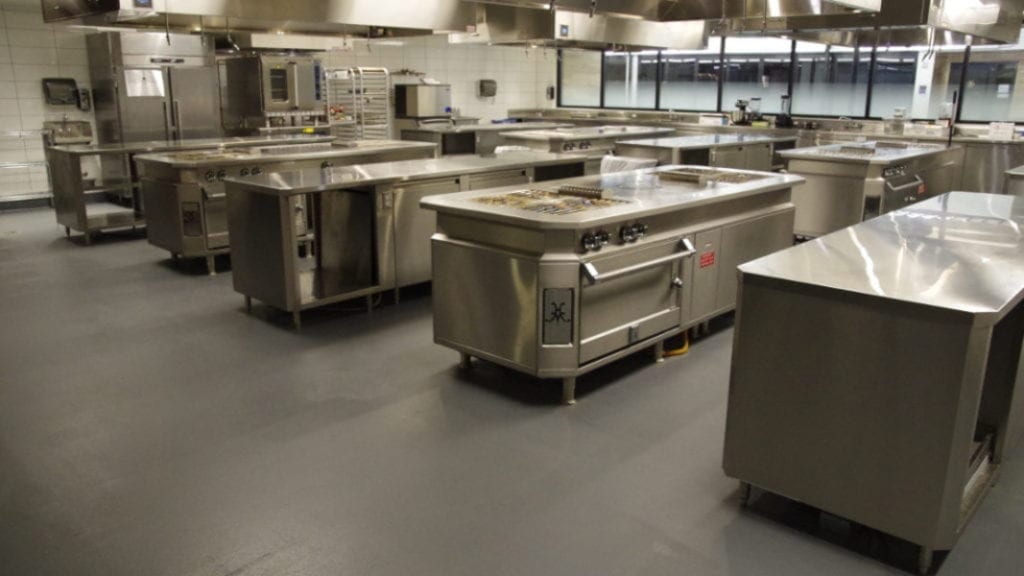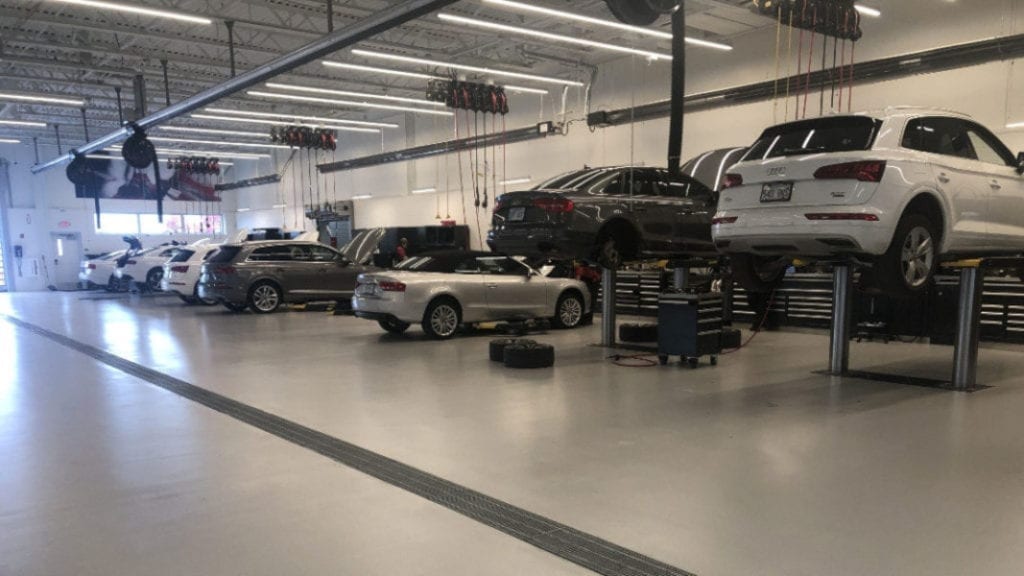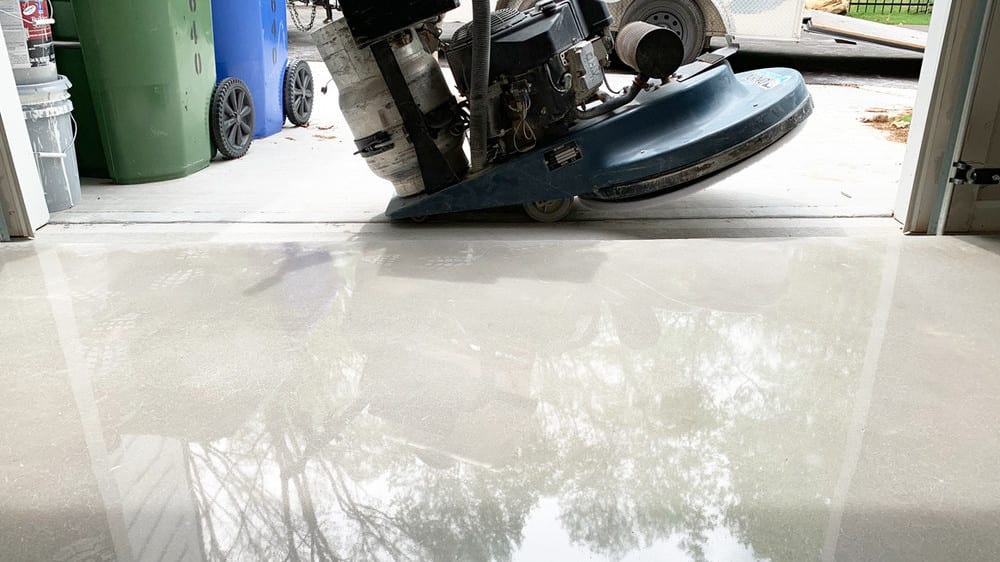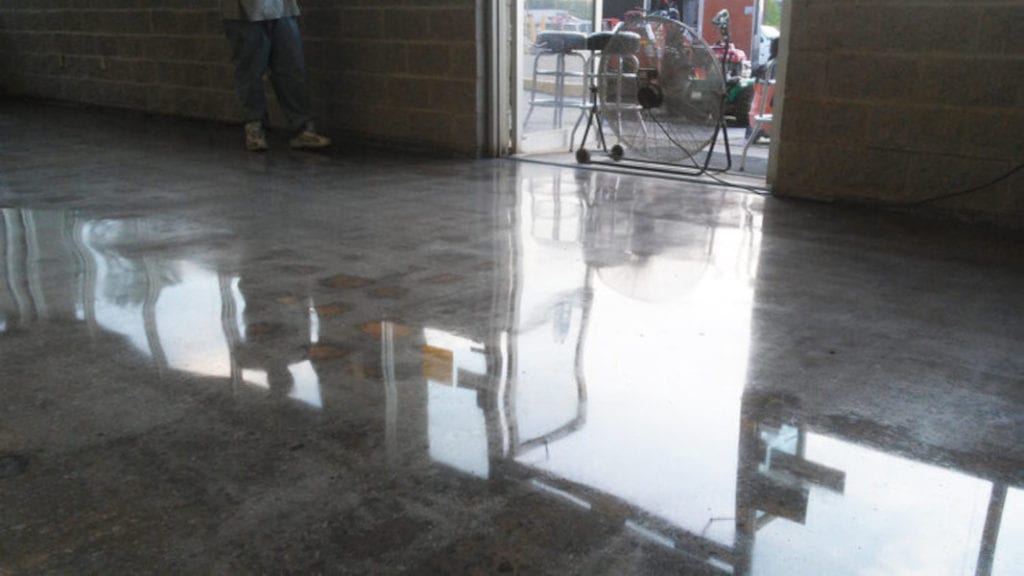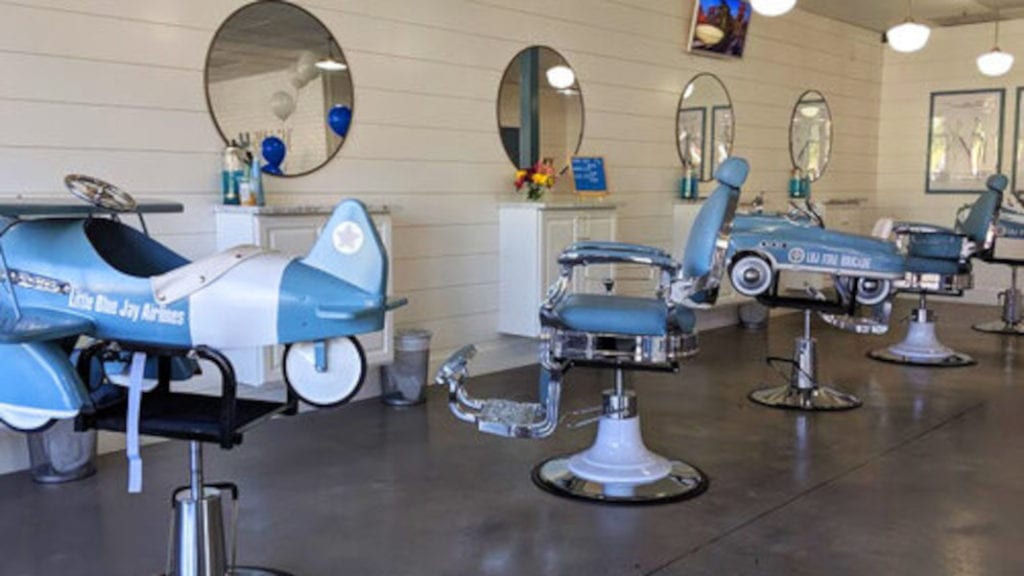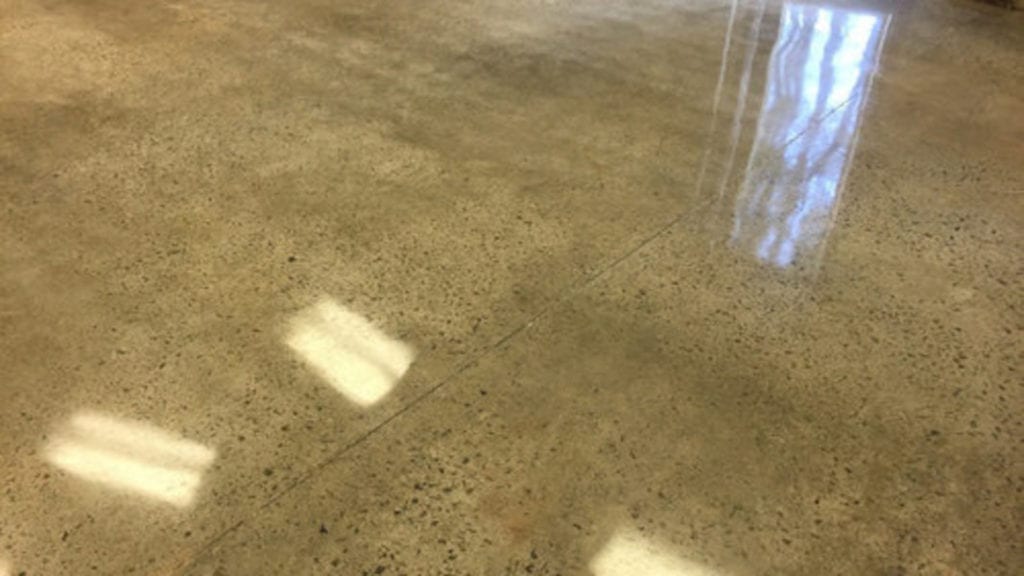THE BEST FLOOR OPTIONS FOR HIGH TRAFFIC ENVIRONMENTS
THE BEST FLOOR OPTIONS FOR HIGH TRAFFIC ENVIRONMENTS
Schools are a great example of high traffic environments. Corridors, classrooms, restrooms, lockers, kitchens and cafeterias all get a lot of use and abuse.
Polished Concrete Floors and Epoxy Floors are the best options for high use areas given their durability, lifetime value, and sanitary nature. Let’s look at some of these benefits in more detail.
BENEFITS OF EPOXY AND POLISHED CONCRETE FLOORING
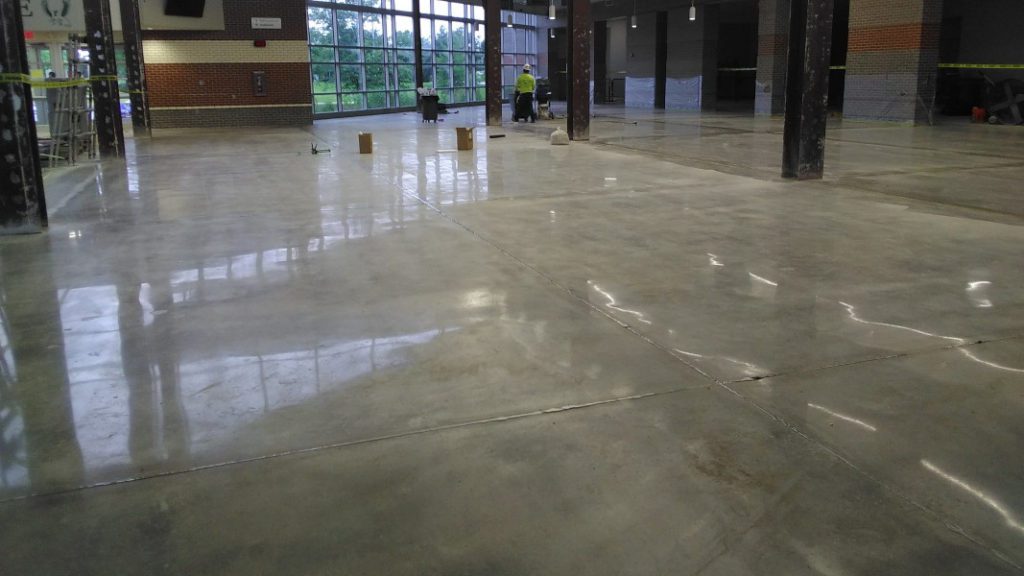
Health & Safety
Seamless epoxy flooring is impervious to bacteria and mold reducing the spread of germs, and, fostering student health. Epoxy flooring, specifically, is anti-microbial and inhibits pathogen growth. This is especially important in sports facilities and locker rooms.
Science laboratories benefit from hard wearing, resilient epoxy resin coatings more than any other flooring type. This is because epoxy resin withstands a gamut of toxic and corrosive chemicals, cleaners, water in addition to foot and equipment traffic. Similarly, cooking facilities are also well suited to epoxy surfaces due to stain and heat resistance.
Polished and stained concrete, as well as epoxy floors, can be customized with slip-resistant coatings. This additional safety measure is helpful in kitchens, restrooms, locker rooms, and hallways.
Both epoxy and polished concrete are environmentally friendly and sustainable. Neither contains harmful VOCs and both preserve indoor air quality with easy to clean surface and antimicrobial properties.
Cost & Value
Epoxy and polished concrete flooring are relatively inexpensive. Both epoxy and concrete can last for decades with proper maintenance, far outperforming other flooring materials. Epoxy and polished concrete offer value add with their ease of maintenance. They are easily cleanable with water or a ph neutral cleaner, a soft bristle broom or a blue commercial dust mop, or automatic floor scrubbers. This keeps janitorial costs low. Looking in more detail at lifetime value of floors, you’ll see epoxy floors and polished concrete floors offer the best return on investment.
Aesthetics
Epoxy and polished concrete floors can transform the look and feel of a school or campus. High sheen and customizable design options span a large array of colors and include options such as adding mascots or name, motivational quotes, and more which can be incorporated right into the floor.
